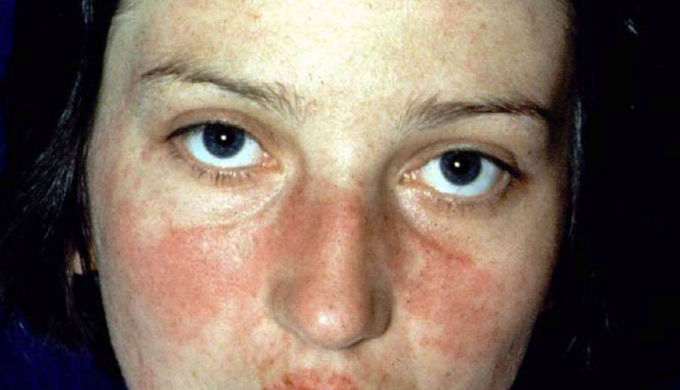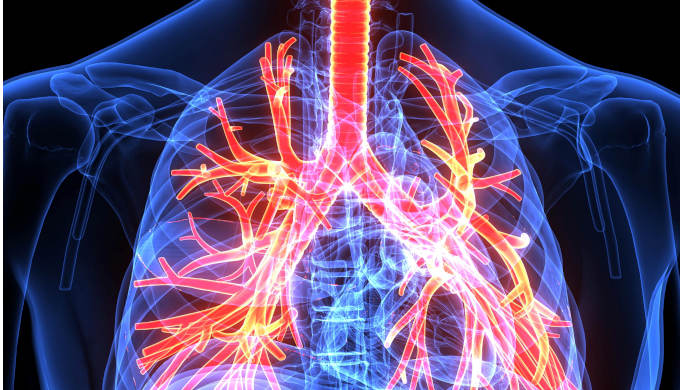Author: Lucy Piper
medwireNews: To prevent systemic lupus erythematosus (SLE) flare, tapering of corticosteroid or immunosuppressive therapy is best done when patients are in complete remission and have maintained stable disease for at least 6 months, say researchers.
They found that tapering rather than continuing therapy increased the risk of flare by a significant 24%. And if it was initiated when patients were in lupus low disease activity state (LLDAS) or clinical remission, the risk of flare in 1 year was a significant 37% and 45% greater, respectively, than if it was initiated during complete remission.
The results also indicated that patients who were in LLDAS, remission, or complete remission for between 6 and 12 months before taper were a significant 65% less likely to flare in 1 year than those who were stable only at the time of taper.
“Although our findings suggest that drug tapering in patients with SLE increased flares, we acknowledge that in practice, tapering is clinically appropriate in a subgroup of patients,” Jiacai Cho (National University Hospital, Singapore) and colleagues comment in The Lancet Rheumatology.
“The decision to taper should be tailored to individual patients, weighting the risk of flare versus treatment-related morbidity.”
The investigators conducted a large, multinational cohort study of 3002 adults with a median SLE duration of 8.0 years, who were receiving routine care and had attained stable disease at one or more visits. The majority were women (92.2%) and Asian (88.1%), and the median age was 39.5 years.
More than half of the patients had stable disease at the start of the study, with 26.6% in LLDAS (SLE Disease Activity Index 2000 [SLEDAI-2K] score ≤4, Physician Global Assessment [PGA] ≤1 and prednisolone ≤7.5 mg/day). A further 16.7% were in clinical remission (clinical SLEDAI-2K score 0, PGA <0.5, prednisolone ≤5.0 mg/day), and 15.6% in complete remission (clinical and serological SLEDAI-2K score 0, PGA <0.5, prednisolone ≤5.0 mg/day).
Corticosteroids were the most common treatment, used by 76.2% of patients, followed by antimalarials by 72.9%, and immunosuppressants by 54.3%.
Over a median follow-up of 3.2 years, tapering of treatment occurred at 3277 visits and the rate of flare at the next visit was 17.0%, of which 21.5% were severe flares. This compared with a flare rate of 11.4% (19.7% severe) following 9863 visits in which patients continued the same therapy.
Most tapering attempts were made when the patients were in LLDAS (41.1%), with 28.4% and 30.5% made when patients were in clinical remission or complete remission, respectively.
Multivariable analysis showed that patients whose treatment was tapered in LLDAS or remission were 24% and 30% more likely to flare before those who were in complete remission when their treatment was tapered, after adjusting for location, number of tapering attempts, number of visits per attempt and cumulative prednisolone dose.
Discussing the findings in a related comment, Yann Nguyen and Nathalie Costedoat-Chalumeau, both from Université Paris Cité in France, say: “The tiny absolute increased risk of SLE flare following tapering is most probably counterbalanced by the decreased risk of prolonged treatment and its resulting damage, which was not addressed in this study but is extremely relevant.”
They believe that there is a “place for tapering strategies” and these should be optimized to minimize the risk for flare. The commentators also highlight the importance of including patients in the decision to taper treatment.
“The goals, modalities, expected benefits, and risks of such a strategy should be clearly explained, so that patients can be empowered to contribute actively to their own care,” they say.
Nguyen and Costedoat-Chalumeau also recommend that “[u]nless clearly contraindicated, all patients with SLE should be treated with hydroxychloroquine to reduce the risks not only of flare, but also comorbidities, damage, and mortality.”
News stories are provided by medwireNews, which is an independent medical news service provided by Springer Healthcare Ltd. © 2023 Springer Healthcare Ltd, part of the Springer Nature Group
This independent news story was supported by an educational grant from L’Institut Servier, Suresnes, France.
Image Credits: © GSK / HGS



